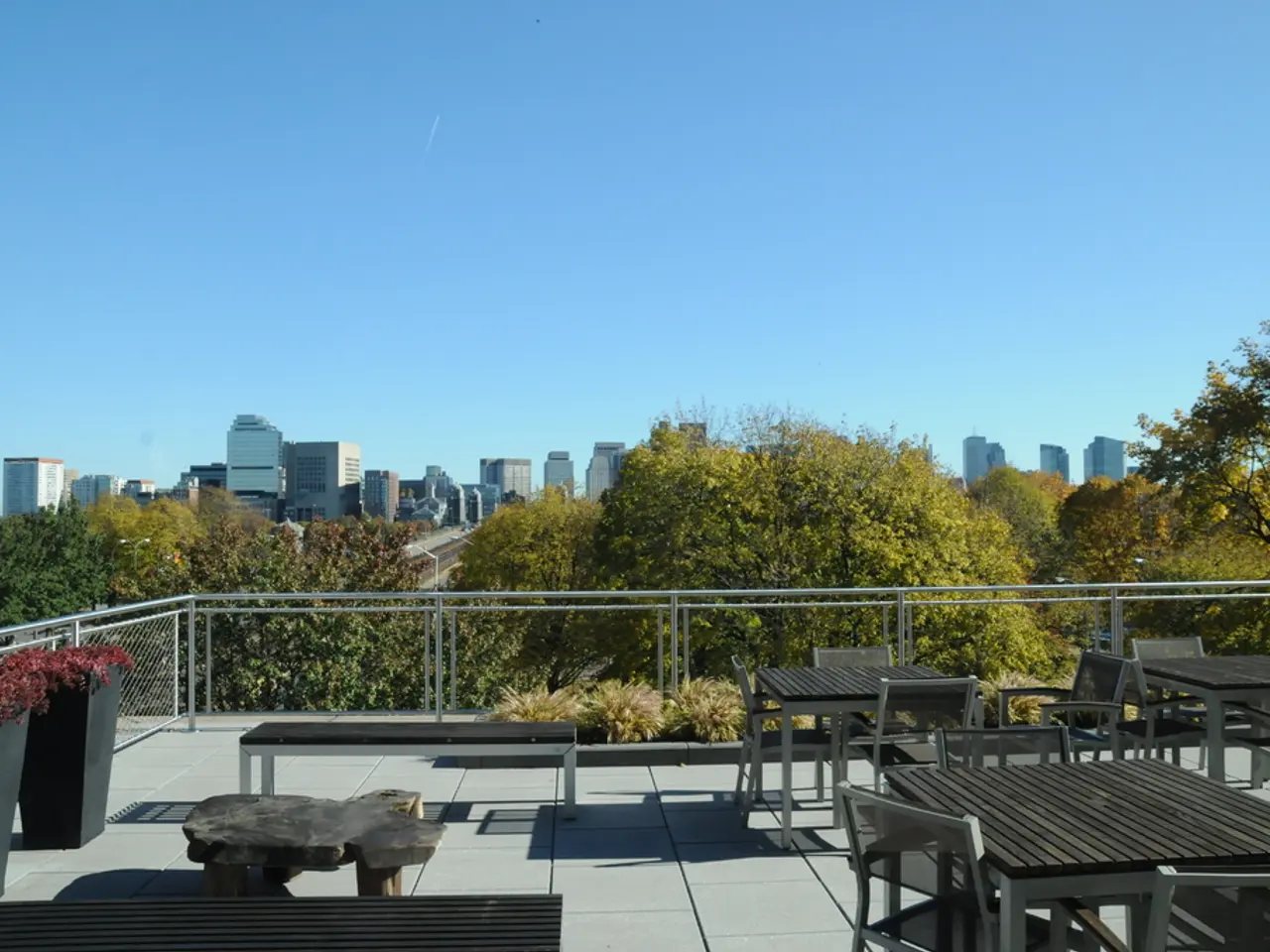Methods Unveiled for Preventing Paint from Peeling and Preserving Its Appearance for an Extended Period
=======================================================================
In the world of DIY home improvement, a fresh coat of paint can make a significant difference. However, nothing is more disheartening than seeing the paint peel off just a few weeks after application. This article provides tips on how to prevent peeling paint in your DIY projects.
Common Causes of Paint Peeling
Paint peeling is often the result of poor surface preparation, moisture exposure, environmental factors, or using low-quality or inappropriate paint.
- Poor surface preparation refers to not cleaning, sanding, or priming the surface properly before painting, which prevents good adhesion and leads to peeling.
- Moisture exposure, such as water leaks or high humidity, causes paint to lose grip and peel by getting underneath the paint layer.
- Environmental factors like extreme humidity, sunlight, or freeze-thaw cycles can cause paint to degrade, fade, become brighter, and peel.
- Additionally, using paints that are incompatible with the surface or mixing oil- and water-based paints can lead to adhesion failure and peeling.
Preventing Paint Peeling in DIY Paint Jobs
To prevent peeling in a DIY paint job, follow these steps:
- Thoroughly clean and dry the surface before painting, removing any loose old paint, dirt, grease, or moisture.
- Sand and smooth the surface to create a good base for adhesion.
- Apply an appropriate primer suited for the surface and type of paint you intend to use.
- Use high-quality paints designed for your local climate and surface material.
- Avoid painting in high humidity or direct intense sunlight to ensure proper curing.
- Fix any moisture issues or leaks beforehand to keep the surface dry.
- Follow the manufacturer’s instructions for application, including drying times and number of coats.
By carefully preparing the surface, choosing suitable materials, and painting under ideal conditions, you can significantly reduce the risk of peeling paint in your DIY projects.
Additional Tips
- At least two coats of paint are needed to ensure an even finish.
- If painting a surface that hasn't been painted before, a primer is often needed to allow the paint to stick.
- One-coat paints are prone to peeling, particularly if the surface they are applied to hasn't been adequately prepared.
- To repair small patches of peeling paint, remove the peeling paint with a scraper, sand the area, apply a primer, and finish with an appropriate paint.
- When choosing a primer, ensure it is compatible with the type of paint you plan to use.
- Applying interior emulsion to an exterior wall is not recommended as it will quickly lead to peeling paint.
- If you have excessive peeling, it is better to start afresh by removing all paint, repairing, prepping, and adding new paint.
- Zinsser Peel Stop can help improve adhesion when painting over a previously painted surface.
In conclusion, with proper preparation, material selection, and painting techniques, you can achieve a beautiful, long-lasting paint finish in your DIY projects. Happy painting!
- To maintain the longevity of your home's design, invest in quality tools appropriate for your DIY home-and-garden project, such as brushes, sanders, and scrapers.
- A well-ventilated loft or a bathroom with adequate ventilation is vital to prevent paint from peeling, as high humidity could lead to moisture exposure.
- If you plan an extension or a kitchen remodel in your lifestyle, think about installing doors with good insulation to maintain a comfortable interior climate that will prevent peeling paint.
- Avoid using one-coat paints for crucial areas like bathrooms since they might not adhere correctly due to their thinner consistency, causing peeling.
- In your home-and-garden project, consider incorporating utility rooms with easy-to-clean surfaces and good ventilation to ensure a peel-free paint finish.
- To create a cohesive and aesthetically pleasing home-and-garden space, follow a guide that provides expert advice on color schemes, furniture arrangement, and more.
- Before initiating a DIY paint job, ensure you have the right plan or design in place to avoid missteps and achieve a final result that aligns with your lifestyle and preferences.
- When choosing paints for your DIY project, look for eco-friendly and low VOC options to promote a healthy lifestyle while preserving the environment.




